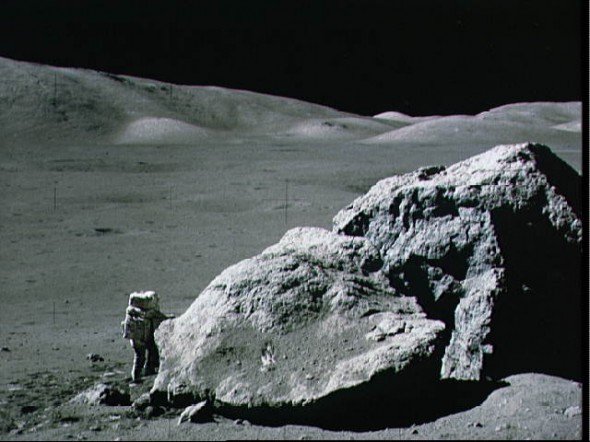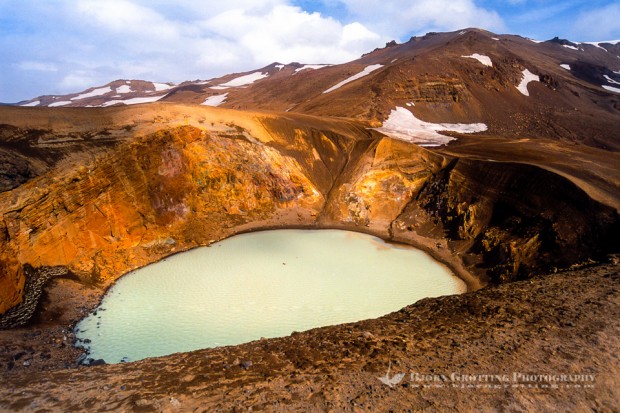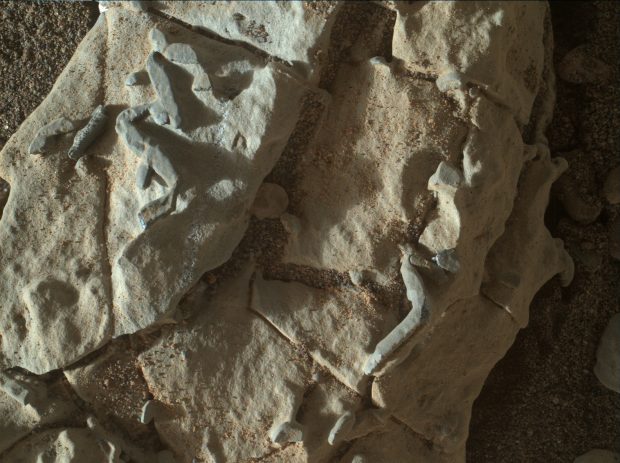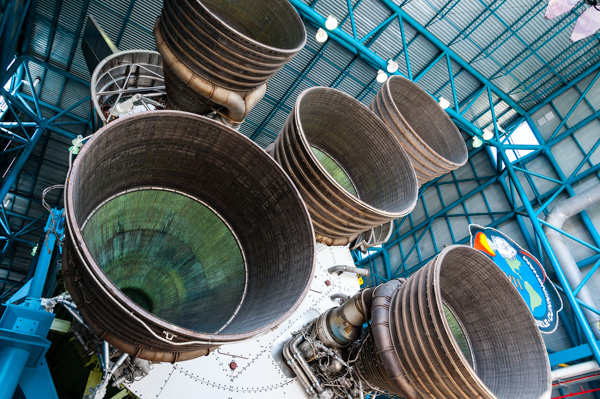These days there is a lot of fuzz in the media regarding the so-called Supermoon, some even believe this is the end of the world as we know it…

Fear not, this is the rare occasion when the Moon is at it’s closest to the earth, or perigee, coinciding with a full Moon. It makes the Moon look slightly bigger and brighter, but only by approximately 12%, so in reality you wouldn’t really know, as it is already quite small on the sky. If it’s close to the horizon it will however look bigger due to an optical illusion. Super or not, it doesn’t really matter, just enjoy the view! The above image was taken yestaerday, with the Supermoon as seen from my home in Stavanger, Norway.
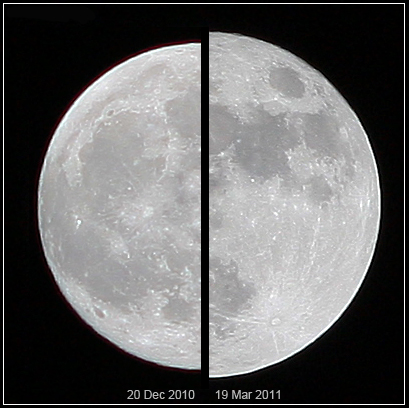
The image above indicates the difference between an average Moon and a “Supermoon” as seen through a telephoto lens. If viewed by the naked eye you will however hardly be able to notice it. The Moon is actually so small your thumb will cover it by 2-3 times, so the relative increase of 12-14% will not make any difference!
It has also been claimed that the Earth is more likely to experience natural disasters such as earthquakes, flooding and volcanic eruptions due to the increased tidal effects. This has no scientific support at all, as the Moon is still very far away, and the changes in tidal effects will be very weak, maybe 1cm rise in sea level.
Saying that, go outside and take a look at the Moon through your binoculars any day, not only when the media is full of “Supermoon” stuff. It is a very interesting sight, especially when trying to recognize the craters and other structures up there. Below is an even closer view of the Supermoon.

You can do as me; fire up Google Earth,open the Moon view and try to familiarize yourself with the alien landscape there, and even see where humans has set foot. On the image below I have for example indicated the various Apollo mission landings with red dots.


